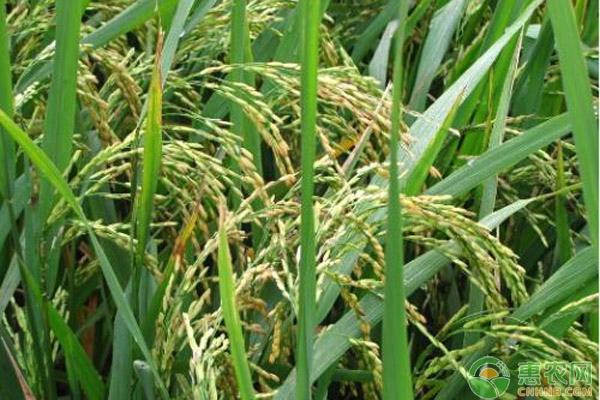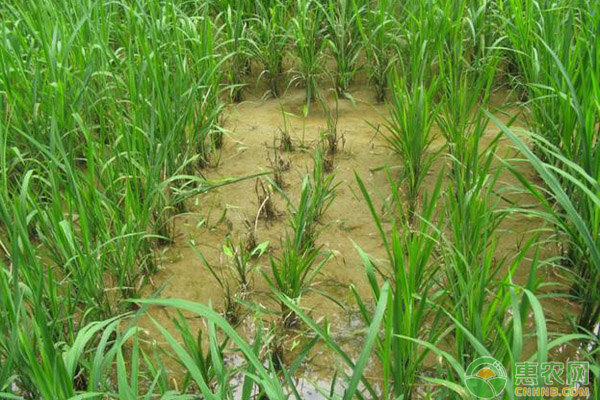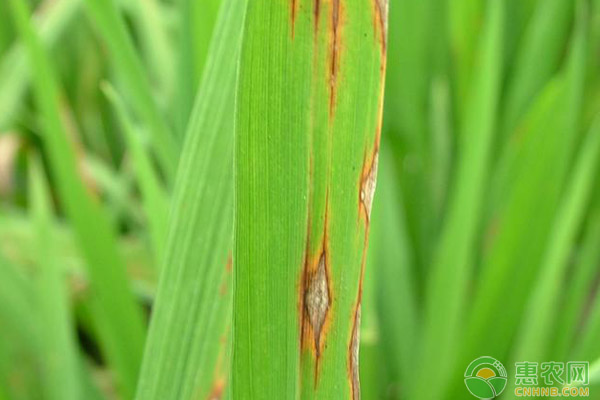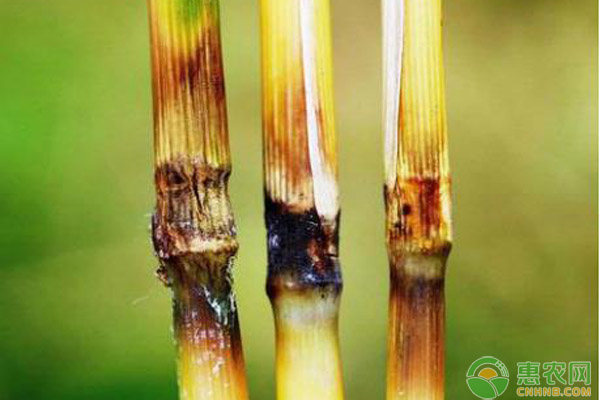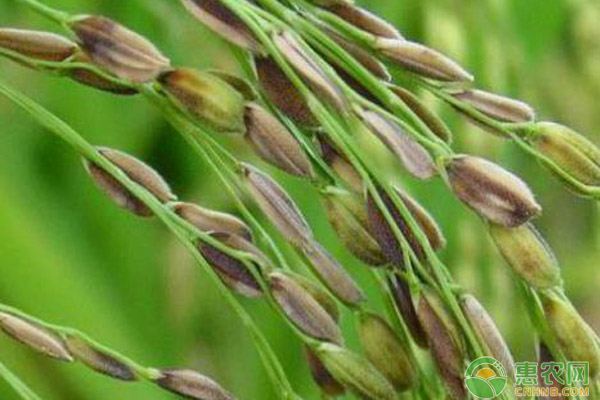What types of rice blast are there? Detailed explanation of rice blast
Rice blast is one of the most important diseases affecting rice production worldwide. More than 80 countries around the world have reported rice blast disease, causing nearly 10 million tons of grain loss every year. Rice blast occurs in both the north and south rice regions of China. In disease-prone areas, the yield is reduced by 10% to 20%, and the severe field yields are reduced by 40-50%. Particularly severe fields can cause crop failure. According to relevant statistics, in 2014, rice blast incidence of serious harm an area of ​​5.136 million hectares, resulting in actual losses 558,000 tons, of which rice blast incidence area of ​​the Yangtze River in Anhui, Hubei, and Jiangsu provinces Total It was 2.209 million hectares, accounting for 43% of the country's disease area, resulting in actual losses of 240,000 tons, accounting for 43% of the country's actual losses. Rice varieties or cultivars resistant to large-scale cultivation of farmers decreased disease resistance poor internal factors blast retransmission. After the onset of rice blast prevention and treatment can reduce the impact, therefore, it has an important role to accurately identify blast. Timing and incidence of type blast Rice blast hazards in each period and each part may have the disease (especially seedling, tillering, early heading susceptible), but more indica rice varieties resistant varieties, especially susceptible varieties, suitable temperature ( 20-30°) and humidity (relative humidity above 90%) create good conditions for rice blast. Rice blast is divided into nursery, leaf mites, thrift, ear mites and grain mites. 1, nursery Rice nursery occurs in the rice seedling stage (before the three-leaf stage). When the damage occurs, the rice buds and the buds are water-stained spots, which then brown and die. 2, Ye Wei Leaf stage to heading occurs, and in the pathogenesis jointing tillering more serious, depending on the blade lesion can be divided into four categories: chronic type, acute type, brown and white point-point type. (1) chronic leafhopper The typical symptoms are fusiform lesions, which are grayish white, brown, and yellow halo from the inside to the outside. The veins at the ends of the lesion usually show brown strips. (2) acute leafhopper A large number of acute lesions are often a precursor to the large-scale occurrence of rice blast. The typical symptoms are water-stained dark green lesions. The lesions are mostly round or irregular in shape, and there are gray molds on both sides of the diseased leaves. Floor. (3) brown spotted leafhopper The typical symptom is a small brown spot (spot), which occurs mostly in the lower part of the rice plant or in the disease-resistant variety, so it cannot be taken lightly. (4) White spot type leafhopper The typical symptoms are white near-circular white spots (lesions), which are also converted to chronic or acute leafhoppers. 3, thrift It often occurs in the first or second node below the ear. The typical symptom is that the ear part has a brown spot, and then the link expands. Finally, the ear stem loses water and shrinks. At this time, the ear is easy to break, and the head is white ear. 4, the neck of the neck It often occurs in the neck of the stem from the main stem to the branch of the first branch. The typical symptoms are water-stained spots (brown or dark green), and then the link expands, eventually causing the stem to lose water and shrink. Broken, the heading is white spikes. 5, grain 瘟 The site of occurrence is chaff, grayish white, often accompanied by gray mold layer, the lesion is oval, the seed can cause bacteria after the onset of the grain, if the next year the seed is not sterilized, it is easy to cause the next year nursery. 6. Prevention and control of rice blast (1) Excessive or partial application of nitrogen fertilizer in cultivation is conducive to the pathogenesis of pathogen infection. Nitrogen, phosphorus, potassium, organic fertilizer and chemical fertilizer should be applied reasonably. (2) The deep irrigation time in the field is too long. Under the condition of lack of oxygen in the field, the growth of rice roots is blocked, which is likely to aggravate the onset. Should be properly drained. (3) Insufficient sun exposure leads to high humidity in the field, which is conducive to disease occurrence. Should be enough seedlings to dry the field, reasonable drying field. (4) Pay attention to seed disinfection treatment and field pesticide control work. There are many varieties of rice blast in rice, and each cause has different causes. If you want to effectively control various rice blasts, you should first understand rice blast and then do specific control. Different rice blasts and different control methods, I hope that the contents described above can help the majority of rice growers. Guangzhou Zhongzhinan Supply Chain Co.,Ltd. , https://www.zhongzhinanlighting.com